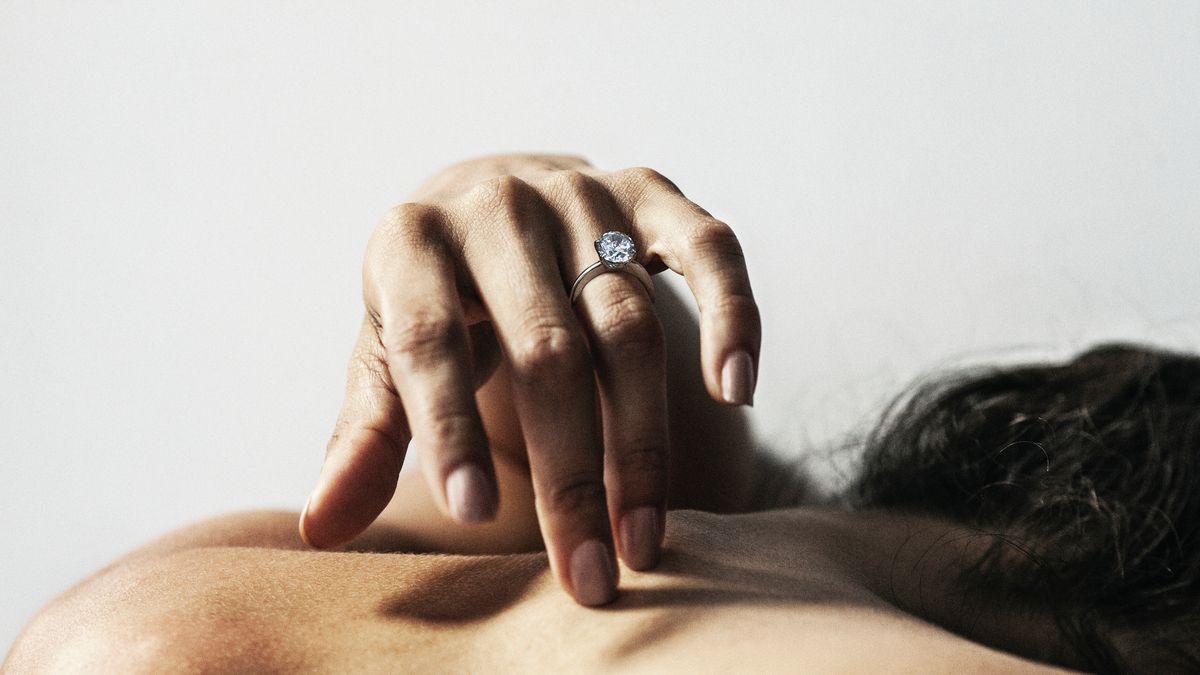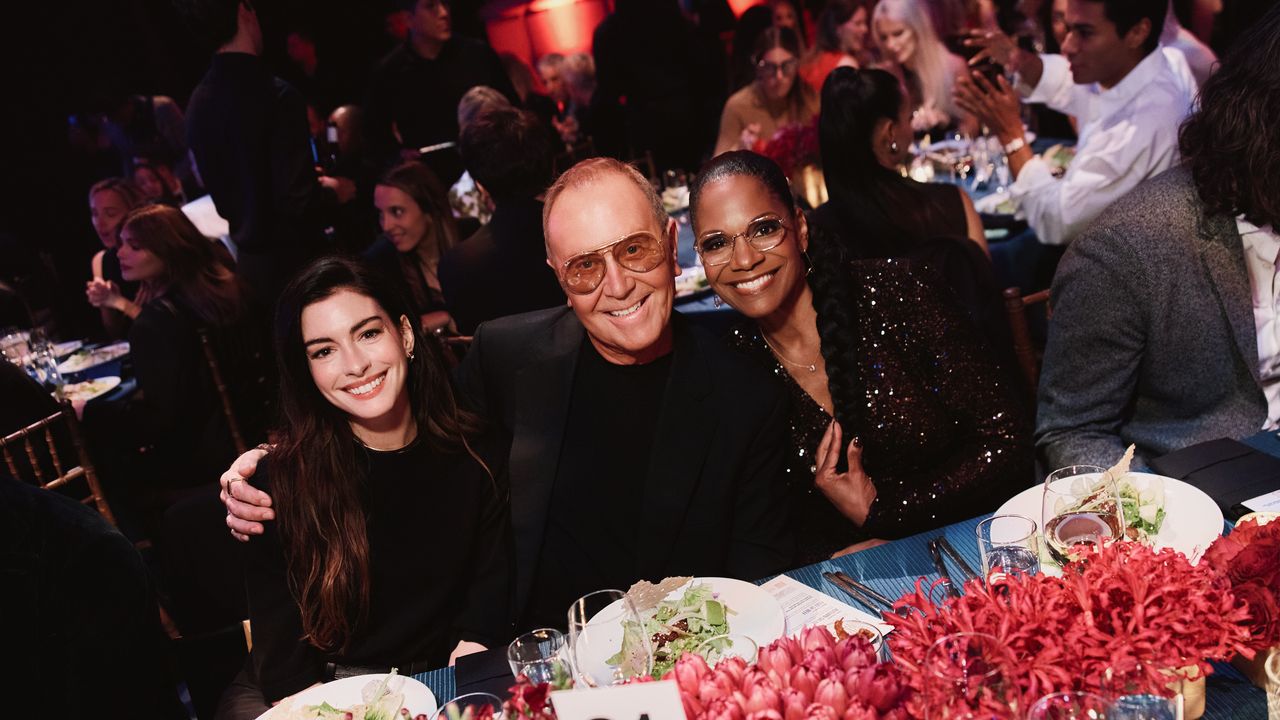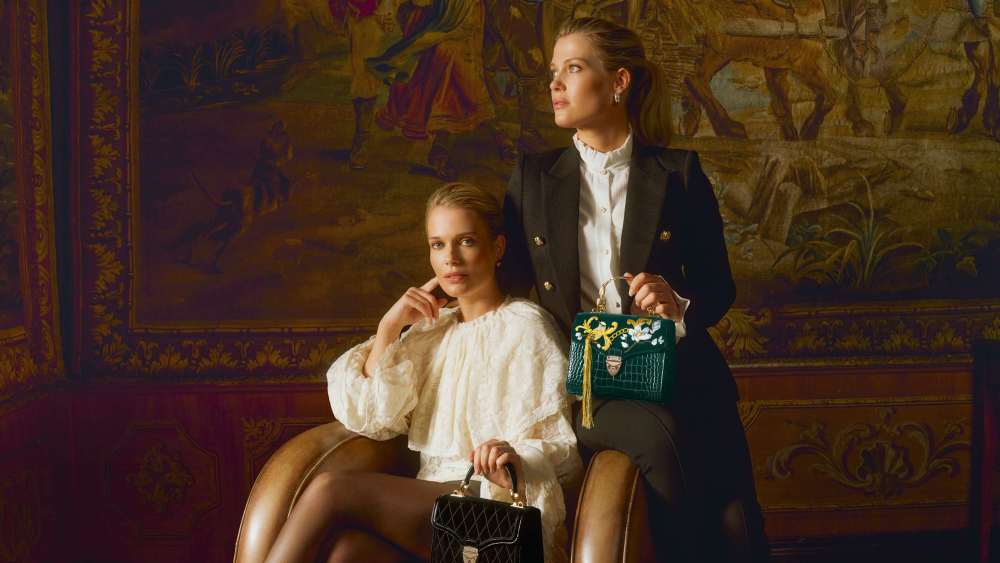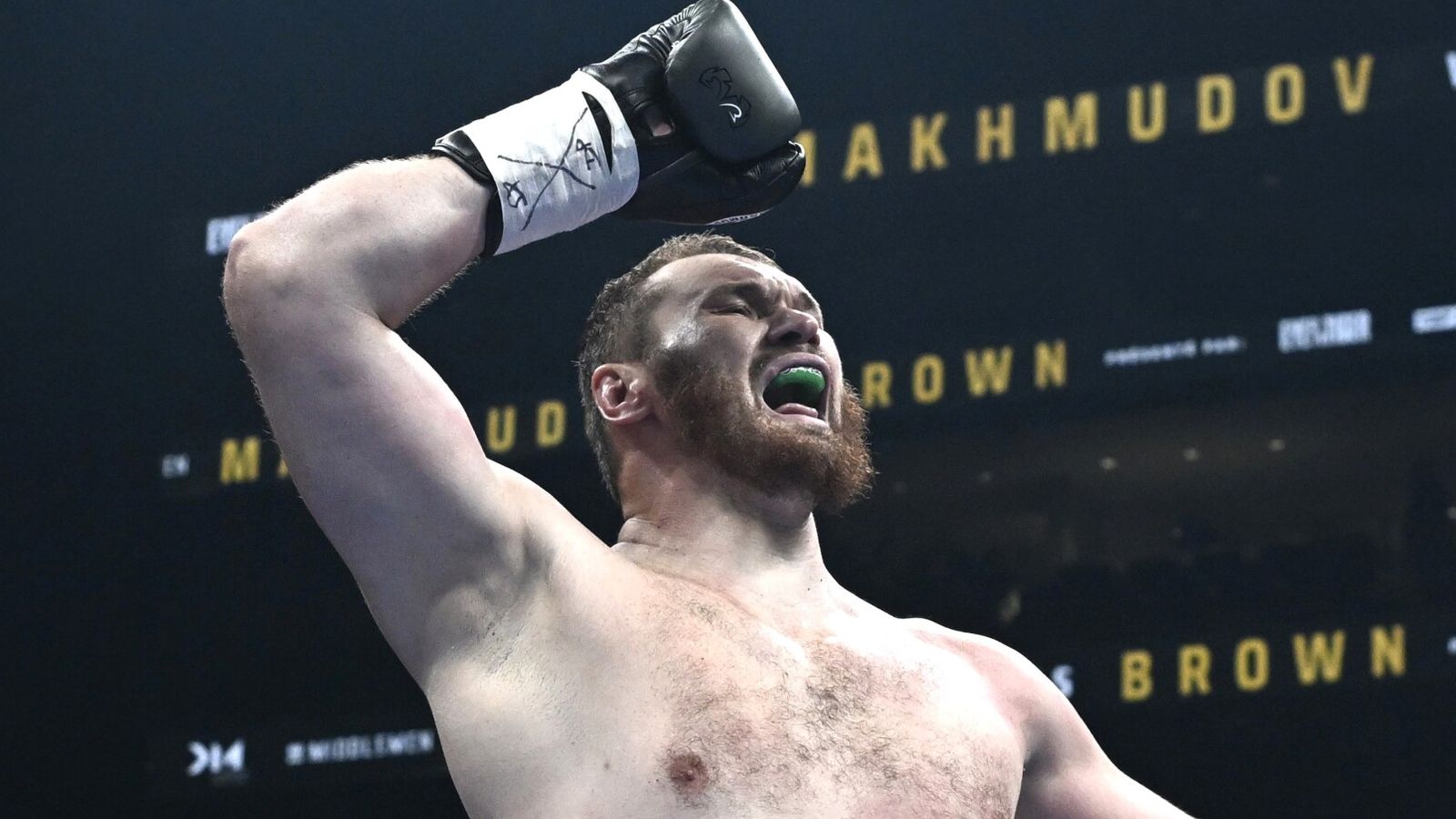
Determining the authenticity of a diamond requires professional equipment and a highly trained eye. At-home tests do exist—from the fog test to the water-drop test—but the only way to be sure is by bringing your piece to a jeweler or buying a diamond that has third-party certification.
At a time when knockoffs and dupes have become increasingly ubiquitous, investing in a diamond can feel high stakes. Buying from a reputable jeweler who can provide certification from somewhere like the Gemological Institute of America (GIA), however, will always be your safest bet. This is because determining the authenticity of a gemstone requires a highly trained eye and advanced testing equipment in a professional setting. While at-home tests do exist (more on that later), most experts don’t suggest relying on them when considering a diamond purchase. Ultimately, the best way to tell if a diamond is real is to leave it to the pros.
What Is a Diamond?
First things first: What is a diamond, and what makes it so special? The atomic structure of a diamond is unique because it’s the only gem made from a single element: carbon. It’s highly sought after for a few reasons. First, diamonds offer high dispersion of light (also known as fire), lending that vibrant sparkle they’re well known for. Diamonds are also a 10 on the Mohs scale, which measures a mineral’s hardness—meaning that they are the most resistant to scratching and are durable enough for everyday, lifelong wear. Lastly, diamonds tend to be very, very old; they form under incredibly high pressure and intense heat deep below the earth’s surface, with most dating back between one and three and a half billion years. In other words, to own a diamond is to own a piece of natural history.
Lab-Grown vs. Natural Diamonds
In the middle of the 20th century, the first lab-grown diamond was created. Chemically and physically identical to diamonds, they are made in a laboratory by one of two methods: the high-pressure/high-temperature process (HPHT) or by chemical vapor deposition (CVD). Diamonds that come from the earth are rarer and thus have a higher resale value, but their lab-grown counterparts are still absolutely real diamonds.
Diamond Certification
Both lab-grown and natural diamonds are graded by the 4 C’s (cut, color, clarity, and carat), and certificates can be obtained for both. But how important is third-party diamond grading and certification?
“These reports are not essential for authentication but are especially important to provide customers with the specifications associated with quality and value,” says gemologist Christina Gandia Gambale, who is also the store owner of Greenwich St. Jewelers. “It’s essentially the diamond’s passport, giving you transparency and peace of mind that you’re buying exactly what you think you are.”
#Diamond #Real






